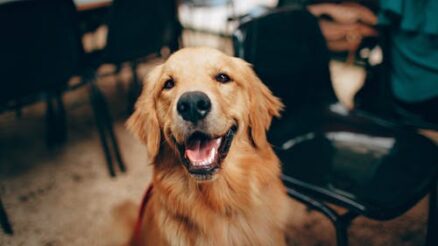The procedure for pet surgery can be an arduous experience for you and your pet. Surgery for your pet is similar to the treatment you’d receive if you were undergoing surgery. Whether the surgery is a routine spay or neuter or your cat requires a lifesaving surgical procedure, it’s not unusual for pet parents to be worried when their pet is undergoing surgery.
A vet will explain the procedure in plain words, ensuring that you understand why surgery is being advised and that you are confident in the process. They will go over your pet’s specific situation and the steps needed to create an optimal treatment strategy. This gives you the information to help you make the best choices for your pet and the family.
General and Advanced Surgery
Suppose your pet requires an annual dental cleaning spay, neuter surgery, or emergency surgery. In that case, vets will perform the most secure surgical procedures using cutting-edge equipment and technological advances to minimize the time required for surgery and tissue injury. To make you feel relaxed, you can read the following standard procedures that your pet could need in the future.
Spay/Neuter Procedure
Sterilization operations are performed under general anesthesia. They require the removal of specific reproductive organs in your dog or cat. The word “ovariohysterectomy” (also known as “spay” means the removal surgically of female dogs’ and cats’ ovaries, fallopian tubes, and uterus. The word “orchiectomy” or “neuter” refers to the removal of the testes of male cats and dogs.
Every year, millions of cats and dogs, including kittens and puppies, are brutally killed for having a home and not having an appropriate home. By spaying or neutering your pet, you could assist in avoiding adding to the harrowing statistics. Contact your veterinarian to learn more.
Surgical Oncology
Surgical Oncology is concerned with the removal of cancer that is localized. The successful treatment of cancer can result in minor discomfort and improve quality of life. Other treatment options, like chemotherapy, radiation, or any other interventional methods, can be utilized as a complement to surgery.
Endoscopy
In an endoscopy, a vet will examine the stomach esophagus along with the small and large intestine. It assists in identifying and diagnosing aberrant constriction, scarring, or inflammation. If your pet consumes a foreign item or suffers from an internal obstruction, the procedure may be required.
Orthopedic Surgery
Orthopedic surgery is a broad field of operation ranging from fracture and tendon repair to complete joint replacement and different specialty procedures. Visit a vet clinic like Torrance animal hospital for more details.
Oral Surgery
Oral surgery typically occurs in conjunction with dental operations for pets suffering from dental disease, oral tumors, and broken teeth. Dental procedures in veterinary dentistry include teeth cleaning and polishing extractions of teeth and minor oral surgeries. Pets, as humans, might develop dental issues, such as tartar, plaque, gum disease, and tooth loss.
Check your pet’s mouth for symptoms of dental problems often. The results of your initial oral exam will indicate the extent to which your pet will require more treatment beyond the polishing and cleaning process.
Foreign Body Removal
If a pet eats unsuitable or non-food objects, serious problems could arise. The pain intensity is determined by the length of time the foreign object has been present, its location, the degree of obstruction, and the object’s composition.
An endoscope can be utilized to remove foreign items within the stomach region. Obstructions in the esophagus close to the heart’s base or diaphragm might require surgery. Look up “Dog and cat dental care in Torrance animal hospital” for best results.


